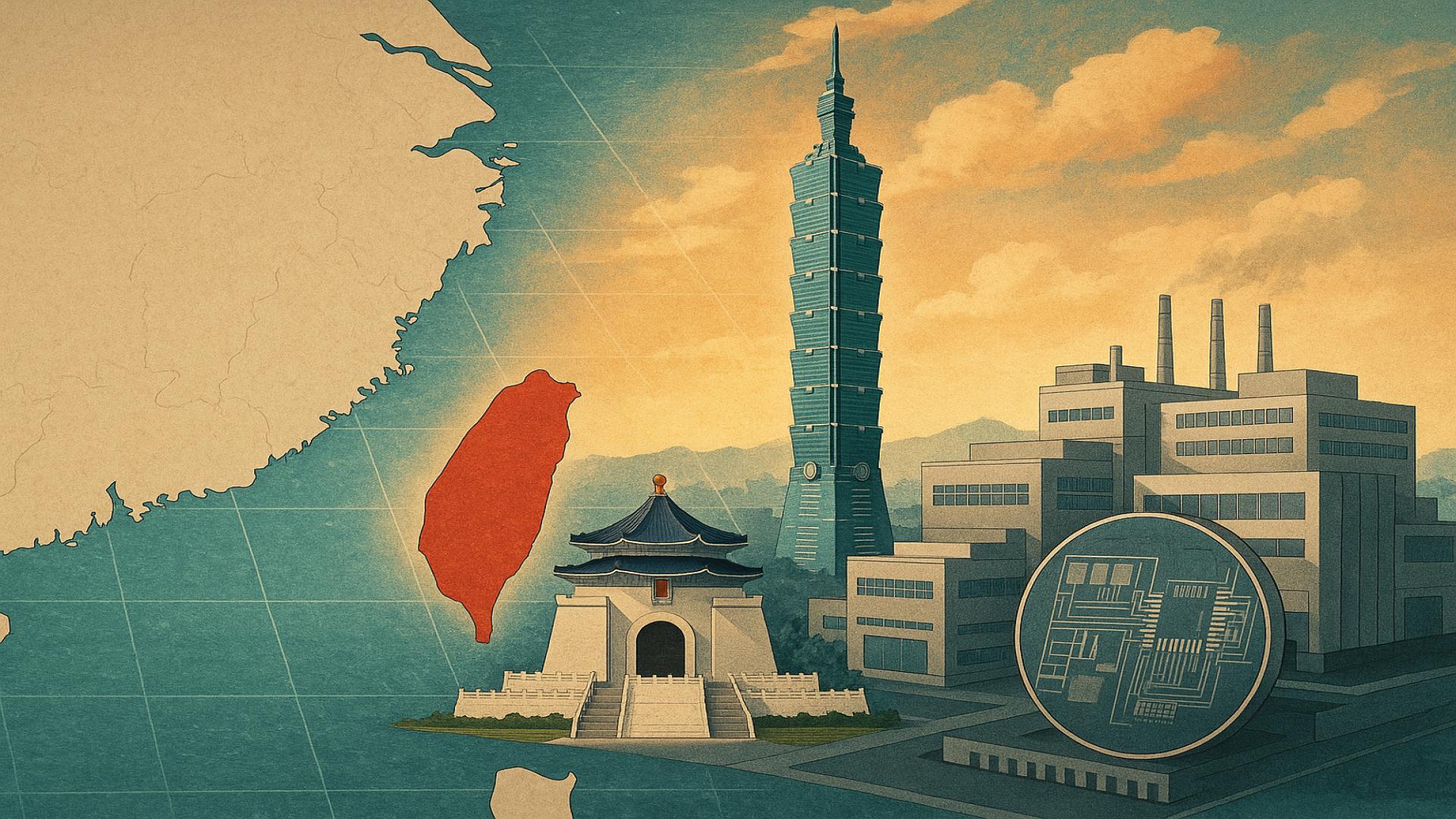1. Legacy of the Chinese Civil War

The roots of the Taiwan dilemma trace back to the Chinese Civil War, which split China into two rival governments. After the Communist victory in 1949, the defeated Nationalists retreated to Taiwan, establishing the Republic of China (ROC), while the People’s Republic of China (PRC) ruled the mainland. Both sides have claimed to be the legitimate government of all China, and this unresolved legacy still fuels tensions and competing sovereignty claims today.






















